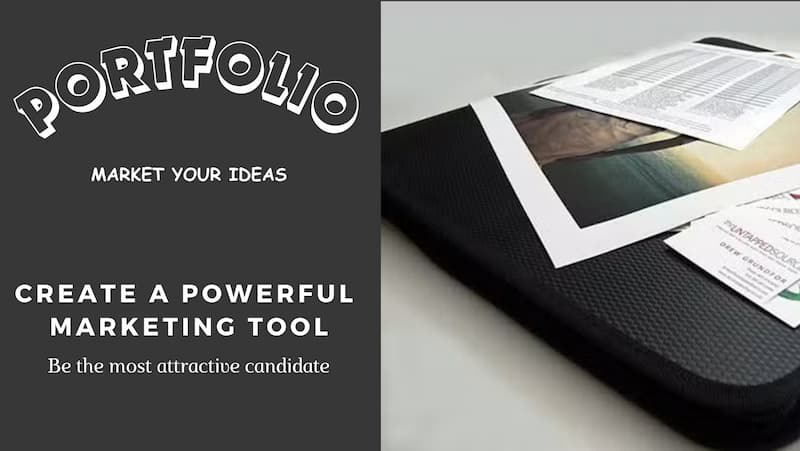
- Your Designer’s Dream: How to Make Your Mark in the Design Industry
- What Exactly Is a Design Portfolio?
- Key Elements Every Successful Portfolio Must Showcase
- Starting Early: Building Your Portfolio for Long-Term Success
- Why Every Designer Needs an Online Portfolio Today
- Benefits of a Digital Portfolio for Networking and Visibility
- How to Handle the Fear of Idea Theft in Your Design Work
- Digital vs. Printed Portfolio: Which Is Best for You?
- How to Make Your Portfolio Help You Land Your Dream Job
- Marketing Weapon #1: Make Your Resume a Visual Masterpiece
- Marketing Weapon #2: Design a Creative Business Card That Stands Out
- Marketing Weapon #3: Use a Mini-Portfolio to Leave a Lasting Impression
- Marketing Weapon #4: Showcase Your Extra Artistic Talents with a Separate Booklet
- Final Tips: Turn Your Portfolio Into Your Best Career Advocate
- Conclusion: Create a Portfolio That Markets You Effectively
Your Designer’s Dream: How to Make Your Mark in the Design Industry
As a designer, you don’t just create objects—you shape experiences, stir emotions, and influence how people interact with the world.
Your portfolio isn’t just a folder of images; it’s a window into your mind and heart, a narrative of your dedication and growth. Every sketch, every project tells a piece of your journey.
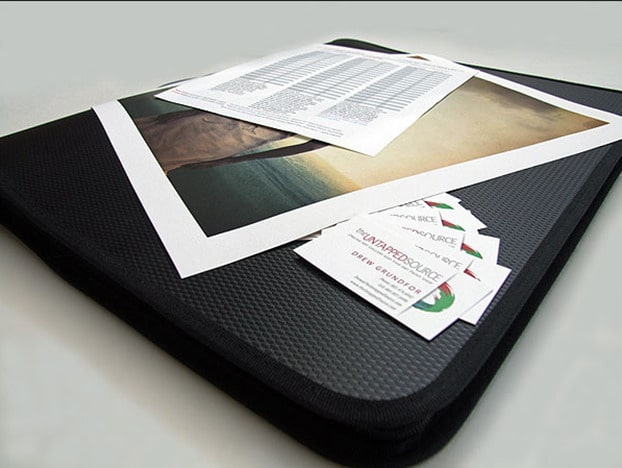
When I first started, the endless sea of design students and fresh graduates felt overwhelming. For a moment, I doubted if my voice was strong enough. But then I realized: the portfolio is more than a showcase; it’s your chance to speak directly to those who might believe in you. It’s a storytelling tool that makes visible the invisible — your ideas, your passions, your potential.
What Exactly Is a Design Portfolio?
Key Elements Every Successful Portfolio Must Showcase
It’s tempting to cram every nice drawing or idea into your portfolio. But real impact comes from choices—selecting projects that reveal your unique creative process, your problem-solving mindset, and your authentic style.
- Think of your portfolio as an intimate conversation with a future mentor, colleague, or employer.
- What story do you want to tell them? How have your trials, errors, and breakthroughs shaped your approach? Sharing these moments makes you human and memorable.
Starting Early: Building Your Portfolio for Long-Term Success

When I began sketching seriously, some pages were rough, incomplete, even embarrassing in hindsight. But they are the roots from which my skills grew strong.
Don’t fear imperfection in the early stages. Every line you draw, every concept you explore, is a stepping stone. Collect those moments. Show not just your polished outcomes but the willingness to grow, to learn, to experiment.
Why Every Designer Needs an Online Portfolio Today
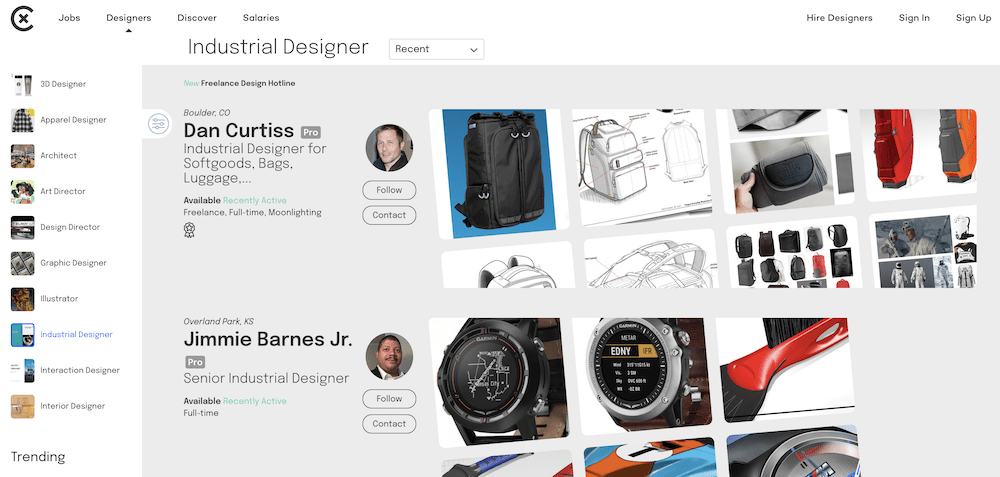
Benefits of a Digital Portfolio for Networking and Visibility
The design world isn’t as vast as it seems. Someone you inspire today might one day be your collaborator or employer. Your online portfolio is your beacon—a light inviting others to discover your story.
But it’s more than visibility; it’s about connection. Every comment, share, or message is a nod of recognition, a piece of your network being woven. These interactions fuel your motivation and remind you that your work matters.
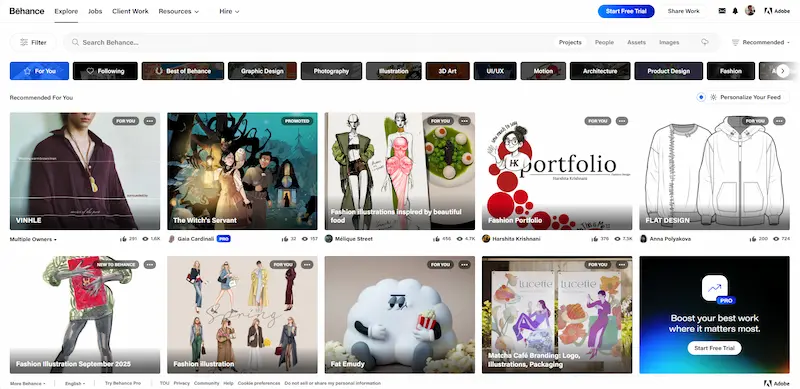
You can create also your own mini website for free at https://about.me/
Mine is at: https://about.me/choutac_chung
How to Handle the Fear of Idea Theft in Your Design Work
Fear of someone copying your work can be paralyzing. Yet, consider this: If your ideas inspire others, that’s a sign you’ve touched something authentic and valuable.
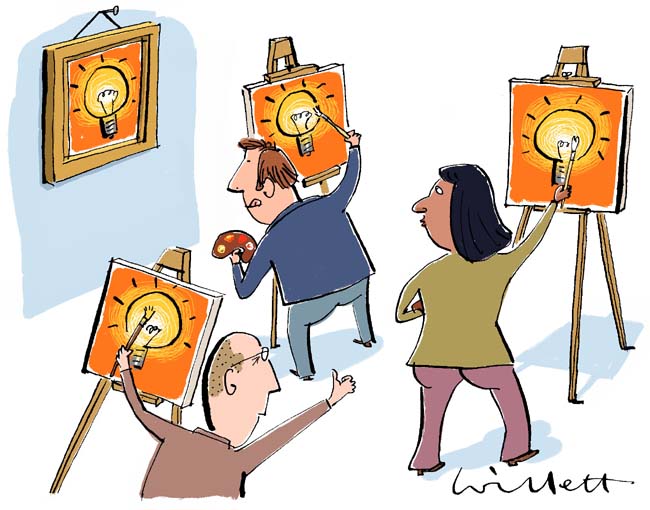
My mentor once said, “The greatest artists borrow, the true geniuses steal.” What matters isn’t stopping others but pushing yourself to innovate beyond imitation.
Your journey is unique—your voice, your perspective, your future breakthroughs.
Digital vs. Printed Portfolio: Which Is Best for You?
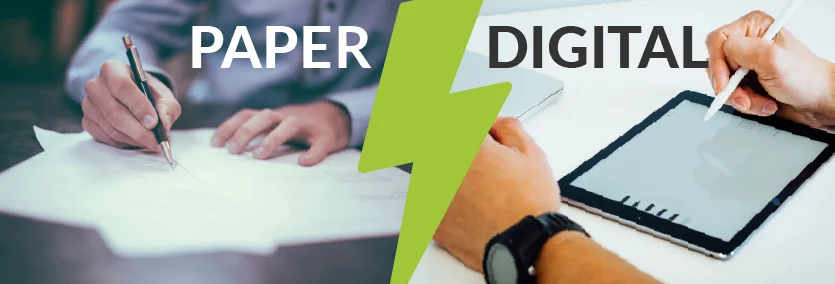
There’s an undeniable magic in holding a printed portfolio—the texture of the paper, the slow reveal of a page turning, the shared glance across the room at a design detail. A print portfolio invites presence, invites reflection.
Digital portfolios offer speed and reach, but they can too easily be skipped after a glance.
Your printed works say, “I’m here. I am serious. I invite you to truly see.”
While a digital image may catch the eye momentarily, it’s often quickly forgotten.
In contrast, a printed portfolio invites deeper engagement and leaves a lasting impression.
Recommendation
Experiment with both formats. Use digital for initial contact and convenience, but bring a high-quality printed portfolio to interviews for a more impactful presentation of your work.
Portfolio A3 Printed Format
As for the format, I’d suggest printing your portfolio pieces in size A3.
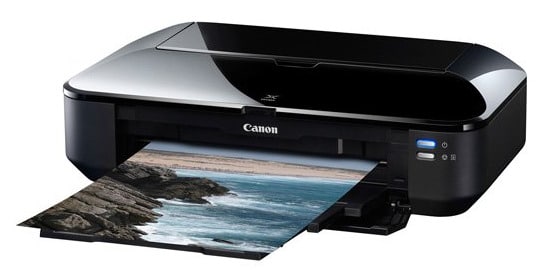
An A3 printer is a good investment for a designer, and you’ll likely use it for your degree projects as well.
Consider printing your portfolio projects on photo paper – however, avoid glossy surface. It’s a bit tacky for the eye.
I recommend mat and soft paper surface.
PRESENTATION TIP: Try to keep your images either all horizontal or all vertical if possible.
So, you won’t have to rotate your portfolio during your presentation. That might be distracting.
How to Make Your Portfolio Help You Land Your Dream Job
Each project in your portfolio is a chapter, unfolding how you navigate challenges, how you empathize with users, and how you craft solutions that matter.
When I created a personal sneaker project because I lacked women’s shoe designs, that act of passion changed everything. It told employers I was proactive, adaptable, and deeply motivated. Your portfolio can speak this language of commitment and creativity.
Marketing Weapon #1: Make Your Resume a Visual Masterpiece
Your resume is the first handshake. Avoid boring accountant format style.
Picture it as a vibrant, confident introduction—not a bland formality. Just like a well-crafted design, it communicates who you are at a glance and invites curiosity.
When I went to look for a job in Singapore, I saw a pile of resume at HR department.
Designer candidates applied with black and white regular resumes like if they applied for a job at a bank.
Good for me!
I was the only one with a graphic and colorful resume!
Guess who the HR remembered? 🙂
TIP: Print a few copies of your resume for the day of the interview.
You may have a few people from different departments there to meet you. We never know!
Do not expect anyone to remember the details of your resume you have sent online.
Marketing Weapon #2: Design a Creative Business Card That Stands Out
Business cards are more than contact information—they’re a keepsake of your brand, your identity. I still remember the moment someone showed me their card and spoke about why their design matters. That small interaction left a lasting impression.
Why Business Cards Matter:
- Professional Introduction: It’s a tangible representation of your personal brand.
- Specialization Showcase: Highlight your design niche (e.g., product design, transport architecture).
- Mutual Respect: The exchange of cards creates an immediate sense of professional courtesy.
Design Tips:
- Break the Mold: Don’t limit yourself to traditional rectangular white cards.
- Play with Elements: Experiment with colors, formats, and materials.
- Balance Creativity and Simplicity: Aim for “creative but simple” to make a memorable impact.
Personal Experience:
For my master’s degree, I created multiple sets of business cards with varying backgrounds.
Sometimes, I let people choose their preferred design, adding an interactive element to the exchange.
Make it playful! People might remember you.
Key Takeaway:
There are no rigid rules here. Whether you opt for a bold, unconventional design or a more subtle approach, ensure your card reflects your unique personality and design style.
Marketing Weapon #3: Use a Mini-Portfolio to Leave a Lasting Impression
MY PERSONAL STORY:
When I applied for Charles & Keith, I had plenty of sneaker design projects from my design school and Adidas experience. But none were about Lady shoes.
So, I spent my whole weekend to create a collection of shoes and printed them on glossy paper to gift the HR for my preliminary interview.
Success! After I was hired, the company organized a meeting to welcome newcomers from all departments.
I gladly saw my booklet on the hand of one of the main managers! Before everyone left the office, she congratulated me personally on how beautiful she likes my shoes. : )
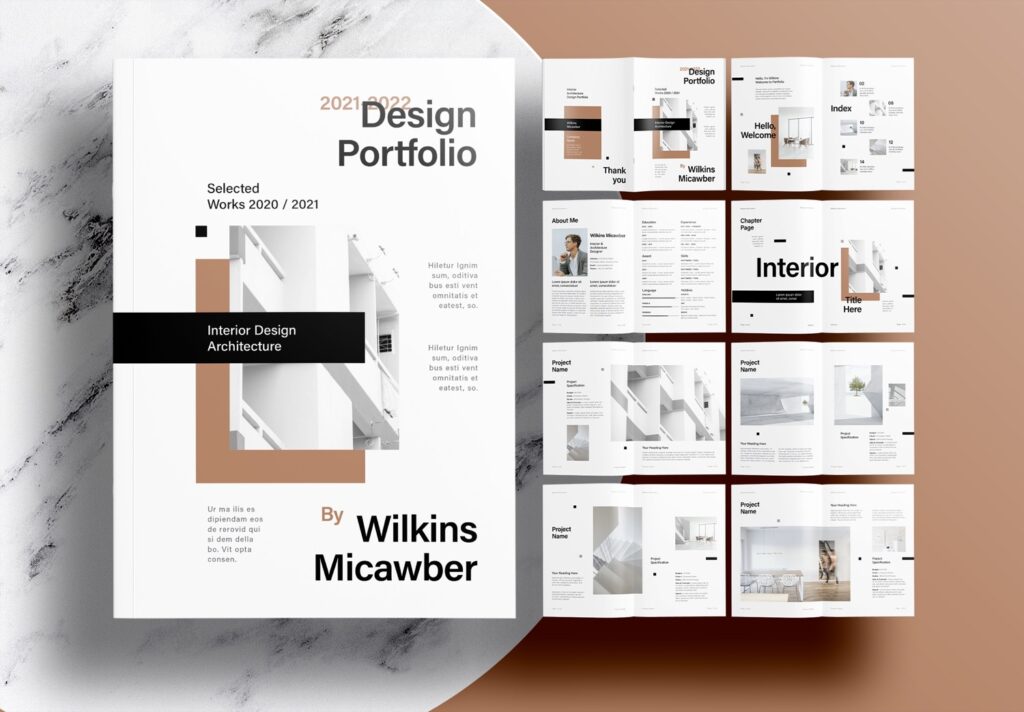
When you crave for a position you love, do the extra mile!
Imagine you want to date a person you like very much; what would you do to attract her attention on you?
That work experience in Singapore and China is one of the greatest things happened in my career as a designer.
A mini-portfolio in a recruiter’s hands is like a spark—it can ignite conversations far beyond the interview room. It transcends the ordinary and lingers in memory, becoming part of your story that continues to unfold later.
A physical mini portfolio can be left at your recruiter’s desk corner. Who know somebody else in office may look at it too! (Meanwhile, a pdf portfolio would remain hidden in the computer).
Marketing Weapon #4: Showcase Your Extra Artistic Talents with a Separate Booklet
Your side projects reveal parts of you often unseen in your main work. They tell stories about your curiosity, passions, and range—the colors that fill in the portrait of who you are as a creator. We want to see the unpolished side of your creation.
How to build the Separate Booklet
- Compile a collection of your other artistic works.
- This could include photography, manga, illustration, concept art, sculpture, or any art form outside your major.
- It does not have to be a sketchbook. You can compile multiple artworks and attach them with a clip.
When to Use It
- Keep this booklet separate from your main portfolio
- Only present it if you sense the recruiter is receptive
- It’s a hidden ace up your sleeve – use it wisely
Potential Benefits
- Shared Passions: You might discover common interests with the interviewer
- Versatility: Demonstrates your range of creative skills
- Conversation Starter: Can lead to more personal, engaging discussions
Words of Caution
- Don’t force this additional work into the conversation
- Let it remain in your bag unless the opportunity naturally arises
Final Tips: Turn Your Portfolio Into Your Best Career Advocate
Your portfolio is your voice when you’re not around. It should sing your story — authentic, passionate, evolving. Invest time, cultivate it lovingly, and let it reflect not just what you have done, but who you aspire to be.
Recommended Project Layout for Your Portfolio
- Cover page (optional) with project brief
- Mood board with keywords
- Research compilation (include a few key sketches)
- Final product presentation
Include prototype pictures or material samples if available.
Including Older Work
Don’t be afraid to include older projects if the ideas are still strong and relevant to who you are as a designer.
Conclusion: Create a Portfolio That Markets You Effectively
In the end, your portfolio is more than marketing; it’s storytelling — your design journey captured in form and function. Build it with heart, share it boldly, and let it open doors for you to create the future you dream of.


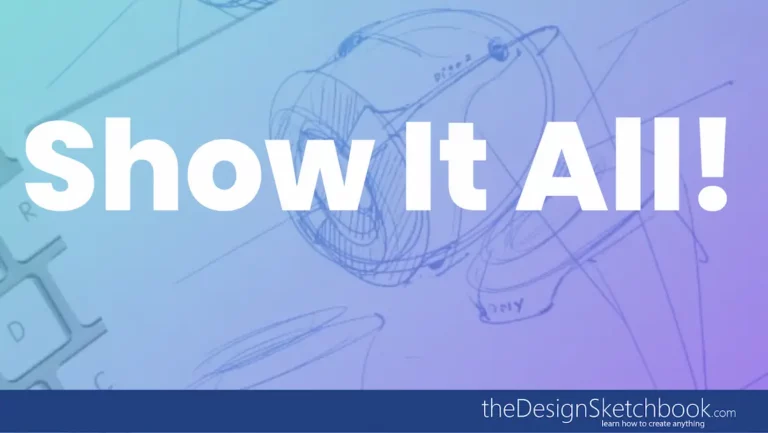
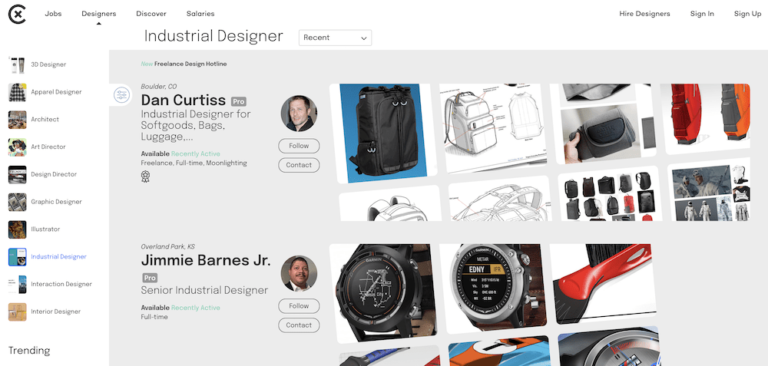



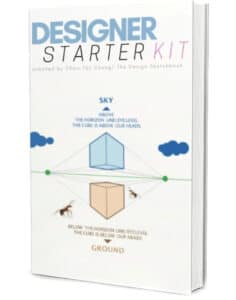


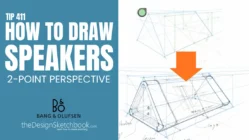
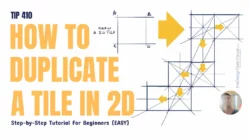


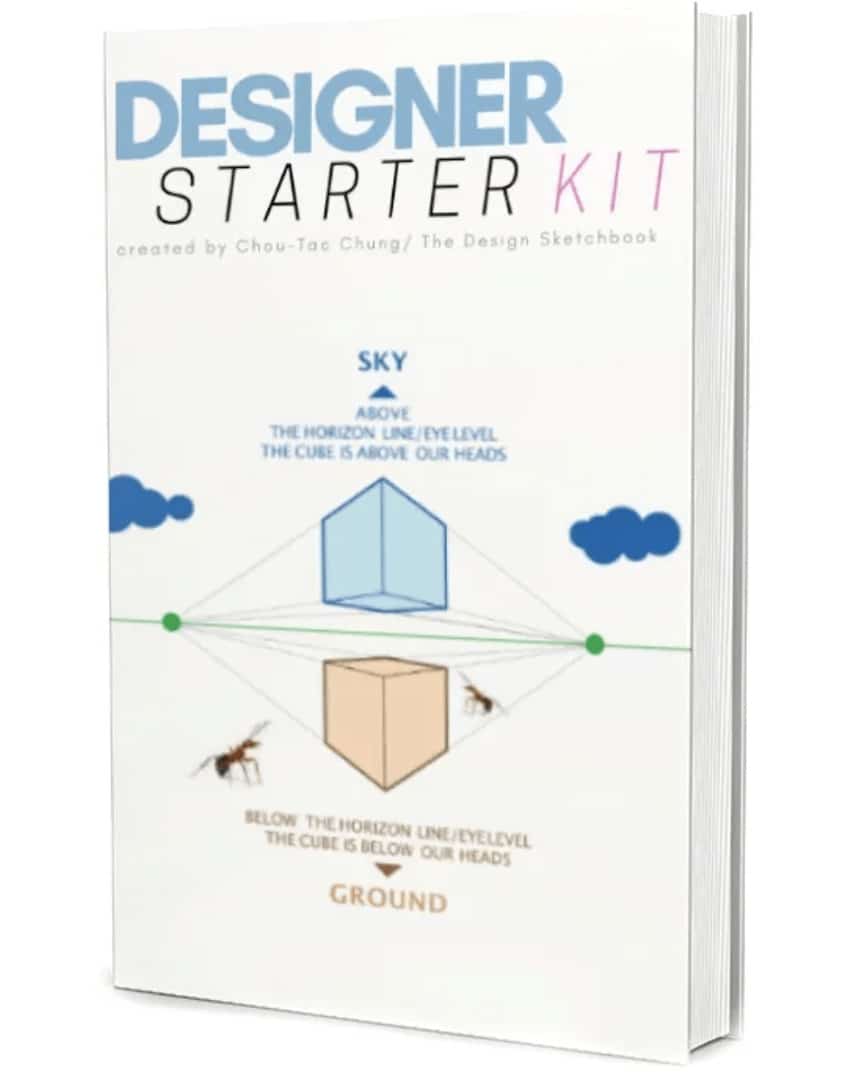


[…] wouldn’t worry about building a portfolio right now. Just keep it in the back of your mind for […]
[…] Before starting, I published an article for artists and designers if you want to make your portfolio a Marketing Weapon. […]
You have to be crazy to put your portfolio online these days. Thievery is common now to the point of it being a destructive force to the industry. People in other countries are not subject to the same laws.